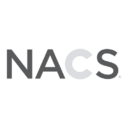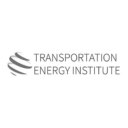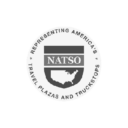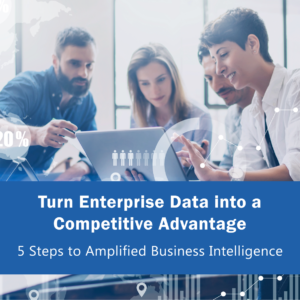
Insights
Using Data Sciences to Understand Your Business
Any organization parsing through a significant volume of data can tell you firsthand that quantity of data doesn’t correlate with quality. To appeal to consumers’ evolving expectations for how to interact with their favorite brands, the ability to draw real-time actionable insights from data on-hand can be what converts an acquisition— this ability can also be the difference between exposing genuine fraud while not amassing false positives, which disrupt the user experience.
“To maximize the efficacy of your data, you need to set an action plan that the data should inform from the moment of collection,” says Josh Rutowski, Data Scientist at W. Capra. “To do this to the fullest, it’s essential to stay ahead of market trends and data science techniques.” Where merchant organizations have identified a problem to solve, and they maintain data related to that problem, there are endless tools available to help them action off the data that they have in hand.
“We do a thorough review of the data and implement the appropriate machine learning algorithm for the task, as no findings can be left to chance,” adds Manroop Singh, another Data Scientist on the W. Capra team. The best data scientists know how to separate the noise from the data in order to derive meaningful business insights. More importantly, they should know how to present those insights to stakeholders in a way that can drive action around initial goals. Singh elaborates, “The bias of seeking data that supports the findings that you’re looking for is one of the great dangers facing data sciences today. This practice will inherently lead a given business to a compromised conclusion. We always work with an unbiased mindset to deliver our clients a data-driven truth.”
As the size of the data continues to increase, sifting through the noise to find the most appropriate data for a certain problem at hand has become more complex, yet equally as important. The industry continues to move toward the cloud with increased computational abilities, allowing us to leverage real-time insights to influence business decisions. By augmenting current capabilities with advanced data sciences, you’ll begin to not only understand your business better by exposing your pitfalls, but you can capitalize on real-time decisions to increase your bottom line.
Rutowski added, “The size of data sets available continues to grow, and through engagement of an organization that has deep industry knowledge like W. Capra, coupled with advanced data science techniques, organizations can find answers to their problems, ranging from fraud to consumer loyalty program analysis.”
For further discussion on data sciences, reach out to W. Capra at info@wcapra.com.
Related Insights
How does Artificial Intelligence fit into my business?
Even without a full-blown AI usage program, giving employees clear direction on where and how AI can be used within your company is crucial. Concerns about consumer privacy, business trade secrets, non-disclosure agreements, the use of copyrighted information, and even the accuracy of ChatGPT’s output need to be addressed in this guidance, or else employees may opt to make their own choices about use of these tools in the workplace.
Turn Enterprise Data into a Competitive Advantage
Amplify your business intelligence resources and tools to provide accurate, consistent, and trusted data. In the quest to establish a […]
First-Party Data Monetization in Convenience and Energy
Many convenience and energy retailers are sitting on a valuable asset that they have not yet fully monetized: first party data. This data, collected from consumer interactions and transactions, can unveil valuable insights into consumer behavior and preferences.
Want to stay in touch? Subscribe to the Newsletter









